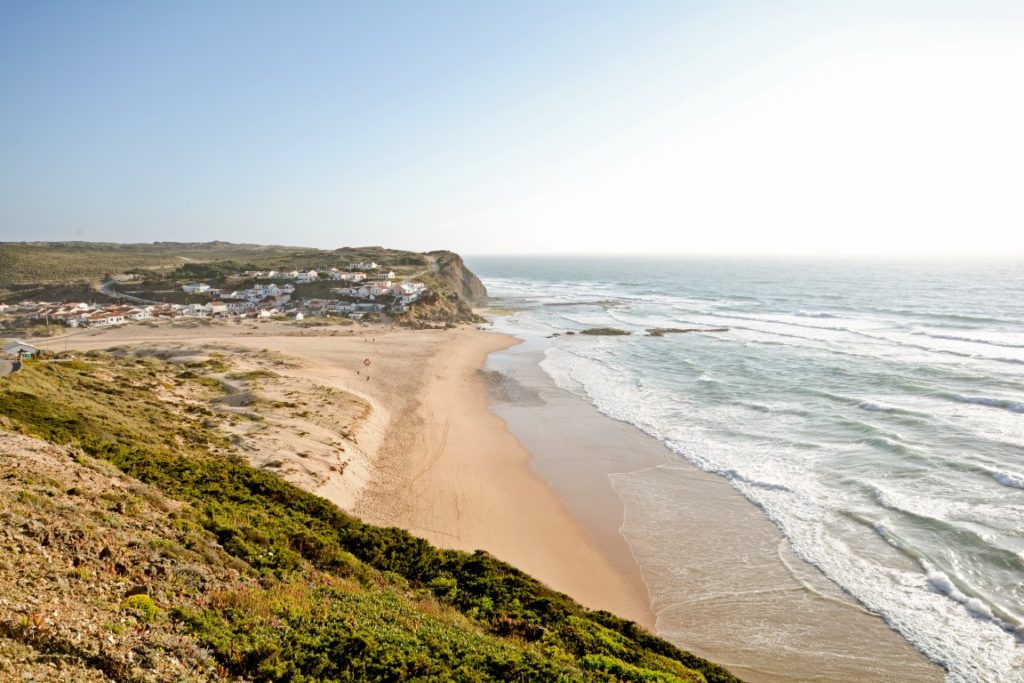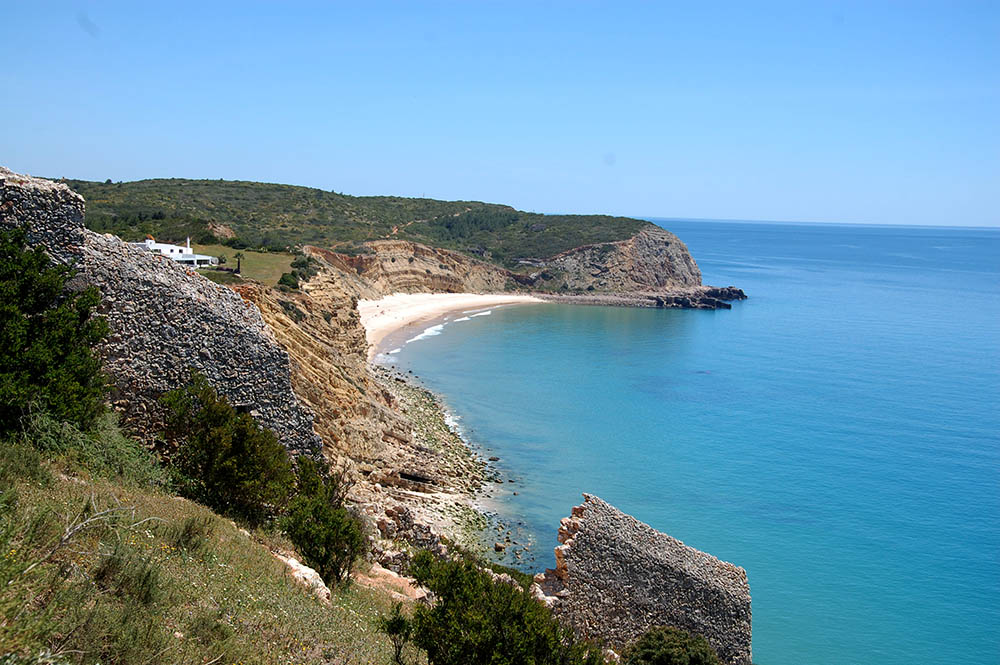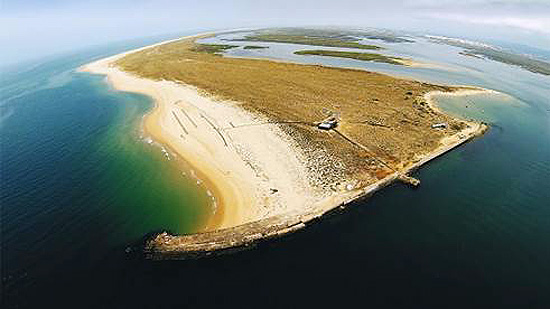
The Algarve has 11 “Zero Poluição” beaches, a list made by ZERO – Sustainable Terrestrial System Association, which gathers the bathing areas where no contamination was detected in the analyzes carried out on the waters in the last three years.
In 2018, the counties in the country with the most pollution-free beaches are Torres Vedras (7), Grândola (4), Aljezur and Tavira, with three bathing areas each.
Still, the Algarve region “loses” four beaches, compared to last year's ranking, despite the number of bathing areas nationwide having grown from 33 to 44.
In Aljezur, which since the first year has been in the top 5 of the municipalities with the most “Zero Poluição” beaches, the beaches of Amado, Monte Clérigo and Vale dos Homens deserve distinction. Compared to last year, Odeceixe-Mar beach leaves the list.
 In Tavira, the beaches of Cabanas-Mar, Ilha de Tavira-Mar and Terra Estreita, which were already on the list in 2017, are repeated.
In Tavira, the beaches of Cabanas-Mar, Ilha de Tavira-Mar and Terra Estreita, which were already on the list in 2017, are repeated.
Vila do Bispo, which last year had four “Zero Pollution” bathing areas and topped the list in the first two years, only has two distinctions, in 2018 – Almadena-Cabanas Velhas and Boca do Rio. -bispenses from Ingrina and Zavial.
The 2018 list also included a beach in three other municipalities in the Algarve, namely those on Ilha da Barreta (Deserta), in Faro, Armona-Ria, in Olhão, and Fábrica-Mar, in Vila Real de Santo António. The beach at Fuzeta-Mar, in Olhão, and Vilamoura, in Loulé, are no longer included in the ranking, from last year to the current.
In relation to the first year in which the ZERO association compiled this list, based on data from the APA – Portuguese Environment Agency, the decrease of Algarve beaches in the ranking it is even more significant. In 2016, 29 of the 71 bathing areas distinguished were from the Algarve.
The ZERO association still emphasizes the increase of around 33% in the number of “Zero Poluição” beaches, «after the decrease in the last bathing season».
The 44 beaches on the list "represent seven percent of the total 608 bathing areas in operation in 2018."
What is a ZERO Pollution Beach?
 Based on data requested from the Portuguese Environment Agency, the ZERO Association identified the beaches that, over the last three bathing seasons, not only had always been classified as “Excellent” but also presented values of zero or less than the detection limit in all analyzes carried out. to the two microbiological parameters controlled and provided for in the legislation (Escherichia coli e intestinal enterococci).
Based on data requested from the Portuguese Environment Agency, the ZERO Association identified the beaches that, over the last three bathing seasons, not only had always been classified as “Excellent” but also presented values of zero or less than the detection limit in all analyzes carried out. to the two microbiological parameters controlled and provided for in the legislation (Escherichia coli e intestinal enterococci).
That is, in all the analyzes carried out, no colony forming unit was detected.
Three years corresponds to the minimum period usually required by Directive 2006/7/EC of the European Parliament and of the Council of 15 February 2006 on the management of the quality of bathing water in order to carry out the classification of the quality of the bathing area.
Three alerts for the bathing season
ZERO selected three aspects that it considers crucial at the beginning of the bathing season in many beaches:
>>For environmental and safety reasons, only beaches classified as bathing areas should be visited, where there is surveillance and where the quality of the water is known;
>>No waste should be left on the beach and, preferably, it should be sent through selective collection. More than 80 percent of the 12,2 million tons of plastic that enters the marine environment each year comes from land-based sources, with the largest contributor being plastic waste, including items such as beverage bottles and other types of packaging;
>>The landscape and ecosystems surrounding the bathing areas must be preserved, avoiding the trampling of dunes or other sensitive areas.


















Comments